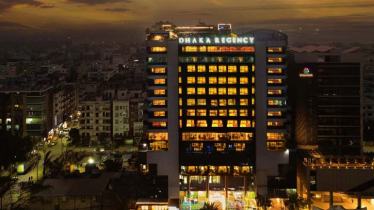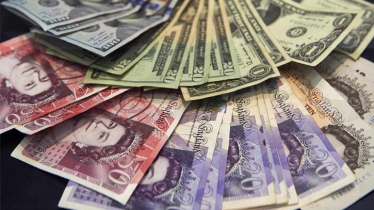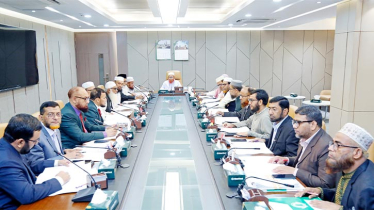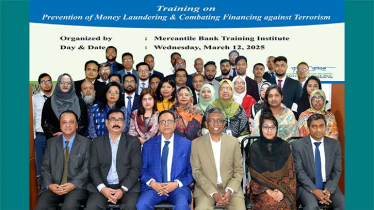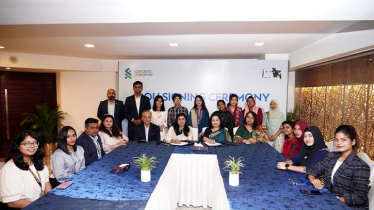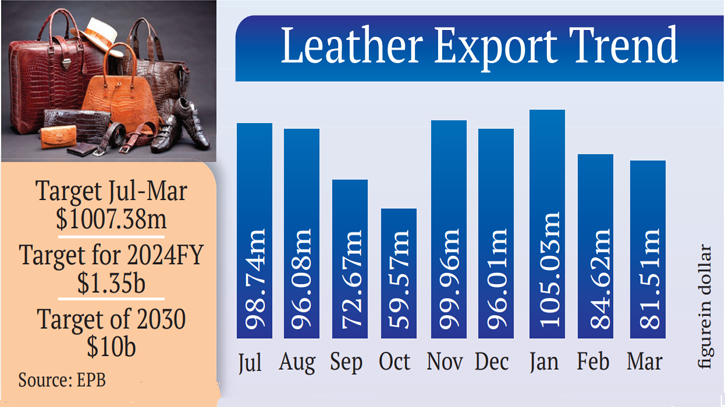
Photo : Messenger
Leather the most export potential sector of the country is ignored while raw material import-based garment sector is fully pampered with different types of financial incentives support.
Export of leather and leather goods cannot get a good shape though the sector has $7 trillion global market. Even, the government doesn’t have a policy for the sector.
Exports of Bangladesh’s leather and leather goods falls by 16.68 percent in eight months from July to February of the fiscal year 2023-’24.
Data shows, leather and leather goods export stood in July: $98.74 million, in August: $96.082 million, in September: $72.67 million, in October: $59.57 million, in November: $99.96 million, in December: $96.01 million and in January $105.03 million and in February $84.68 million as the month contains 29 days and in March $81.51 million.
“Though the world markets get unstable, the leather and leather goods export falling continuously. But during a couple of months export has slightly increased the largest markets EU but in February and March export recorded less than January,” Syed Nasim Manzur Managing Director, Apex Footwear Ltd told the Daily Messenger.
He said: The potential sector needs the policy support of the government. If the sector gets a subsidy, it might grow like RMG. In addition, Nasim wants climate fund in the backward linkage sectors. He thinks, as the government gives 50 percent of tax exemption export in March will increase.
“We cannot ensure a water treatment plant for all the ternaries. If the government takes steps to provide financial support, the sector will boost the economy, Belal Hossain, former president of Leather goods and Footwear Manufacturers and Exporters Association of Bangladesh (LFMEAB) told The Daily Messenger.
Moreover, there is no policy in rawhide collection. The government has yet to provide required facilities in the newly shifted to Savar tannery.
The Government of Bangladesh has identified the leather sector as one with considerable growth and investment potential ranked fifth in the export earning sector. Currently Bangladesh produces and exports quality bovine and ovine, caprine (buffalo and cow; sheep and goat) leathers that have a good international reputation for fine textured skins. However, the entire leather sector meets only 0.5 percent of the world’s leather trade worth $75 billion. There are about 113 tanneries in Bangladesh that produce 180 million square feet of hides and skins per year.
There are around 100 small-to-medium leather goods manufacturers, and a small number of niche larger manufacturers. The sector directly employs approximately 558, 000 people. Most of the tanneries do not have proper effluent plants and generate 20, 000m3 tannery effluent and 232 tones solid waste per day. Tannery liquid and solid wastes are a potential pollutant but also have a potential value. Specific technologies to convert wastes are required. These vary from crude and simple to highly sophisticated and complex.
A proposed new leather park is expected to bring a clear transformation to the leather industry with marked increase in production, product diversification and new product lines with increased sustainability of the sector. Sustainable and cleaner production will be a key issue for the development without placing burdens on the environment.
Messenger/Fameema



